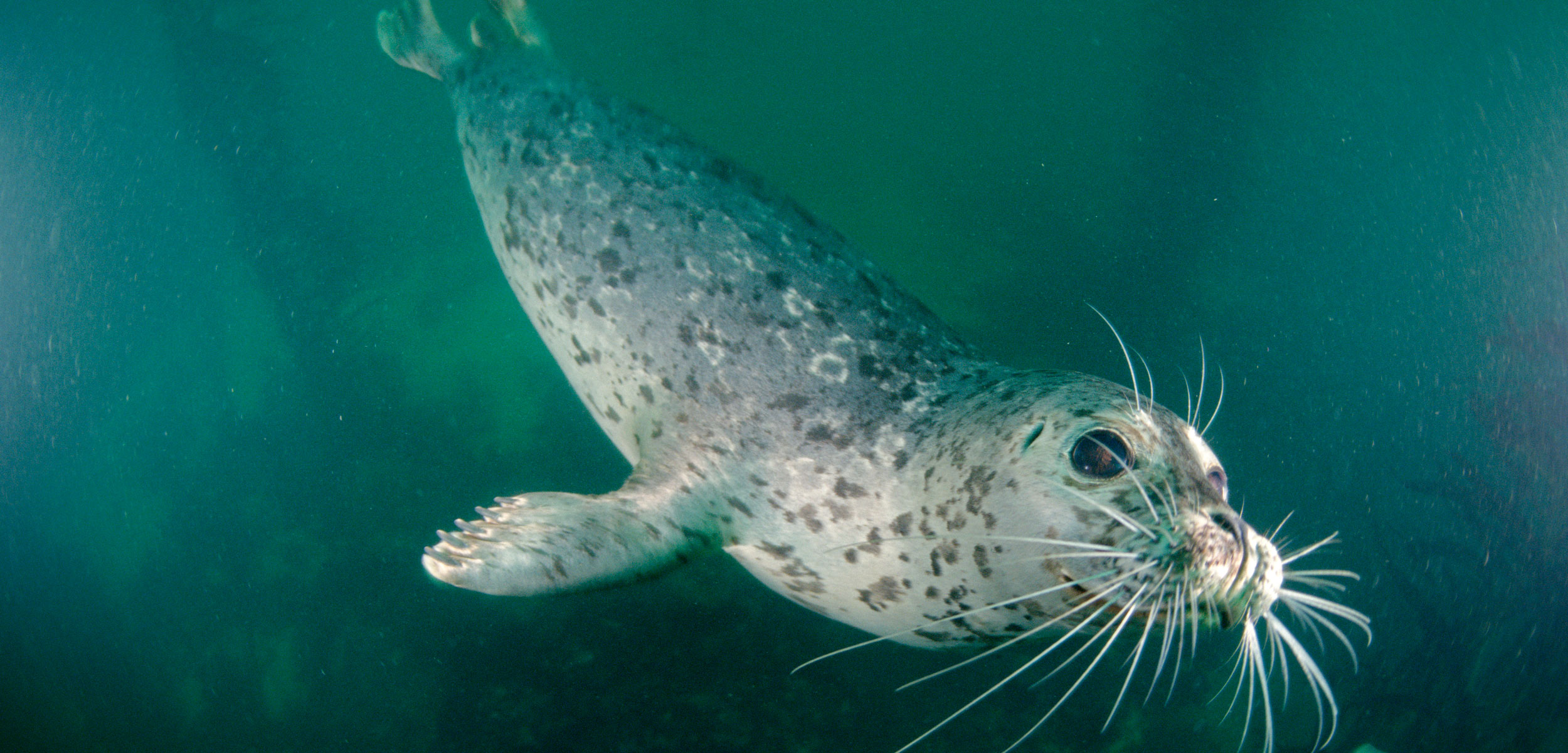Antibiotic-Resistant Bacteria Are Turning Up in Puget Sound Marine Life
Researchers suspect human factors—such as wastewater runoff—may play a role.
Article body copy
In Washington State’s Puget Sound, antibiotic-resistant bacteria are infecting the area’s harbor seals and harbor porpoises. A recent preliminary survey of 11 animals has produced worrying results: 80 percent of animals sampled carried bacteria that were resistant to an antibiotic, and more than 50 percent carried bacteria that were resistant to multiple antibiotics.
“These animals are sentinels,” says Stephanie Norman, a veterinary epidemiologist with Marine-Med who is working to understand the causes and the prevalence of antibiotic-resistant bacteria in the region’s marine mammals—a project supported by a wide range of local and state organizations.
“Studying these animals gives us a nice profile of the health of the Puget Sound area,” she says.
Over the next 10 months, Norman and her team plan to collect and analyze bacteria from a total of 138 harbor seals and harbor porpoises of different ages to build a more comprehensive picture of the scope of this problem in Puget Sound. This will help scientists better understand the risk that these bacteria pose to marine animals, as well as the humans, living in the area.
Wild animals aren’t routinely taking antibiotics to treat infections, but widespread antibiotic resistance in ocean creatures could still have a major impact on the conservation of endangered species. That’s because, as in the case of an ailing young southern resident killer whale that was administered antibiotics in 2018, veterinarians and others trying to rescue sick animals sometimes use these medications.
“If these are endangered animals, like the orcas that you have in Puget Sound, then it makes sense [to treat them], because saving one animal can actually save that whole population,” says Maria Palamar, a wildlife veterinarian and cofounder of Resolve Conservation, an organization that uses technology and citizen science to address wildlife protection issues. Along with the southern resident killer whales, antibiotics have also been used to treat wild Hawaiian monk seals and loggerhead sea turtles.
Antibiotic-resistant bacteria in marine environments could be dangerous to humans, too. Marine bacteria can cause skin infections in people with even small scrapes or insect bites, or food poisoning in people who eat contaminated seafood, especially for seafood eaten raw, such as oysters. In certain countries, like Brazil and Australia, oysters have been found to harbor antibiotic resistant Vibrio parahaemolyticus or Escherichia coli (E. coli), both of which can be fatal to humans.
Palamar says understanding the geographic distribution of antibiotic resistance in wildlife is extremely important. “As we get more and more urbanized, and species are adapting to urban environments, we need to start considering what their role is in moving around these antibiotic-resistant bacteria that could come to farms, could come to pets, could come to humans,” she says.
Scientists have yet to conclusively establish the source of antibiotic-resistant bacteria in Puget Sound, but humans likely play an important role says Linda Rhodes, an environmental microbiologist at the Northwest Fisheries Science Center. Culprits could include failing wastewater treatment or septic systems, runoff, and waste from livestock or even pets, she says.
Rhodes and her team have also found that Puget Sound has surprisingly high levels of certain types of fecal bacteria. By examining the genetic makeup of these bacteria, the researchers have shown they come from humans and ruminants, most likely cattle. This is particularly problematic as human and cattle feces can harbor a panoply of antibiotic-resistant bacteria.
Norman says that while most marine antibiotic resistance probably comes from land sources (like humans and livestock), the use of antibiotics in marine fish farms may also be cause for concern. (Although salmon farming is being phased out in Washington State, it is still allowed in neighboring British Columbia.)
Antibiotic resistance in marine animals is a problem that should concern everyone, not just conservationists, says Norman. “Animal health, human health, and environmental health are all connected,” she says. “You can’t really look at one without considering the other two. We ultimately are tied to the same water that these animals use.”

